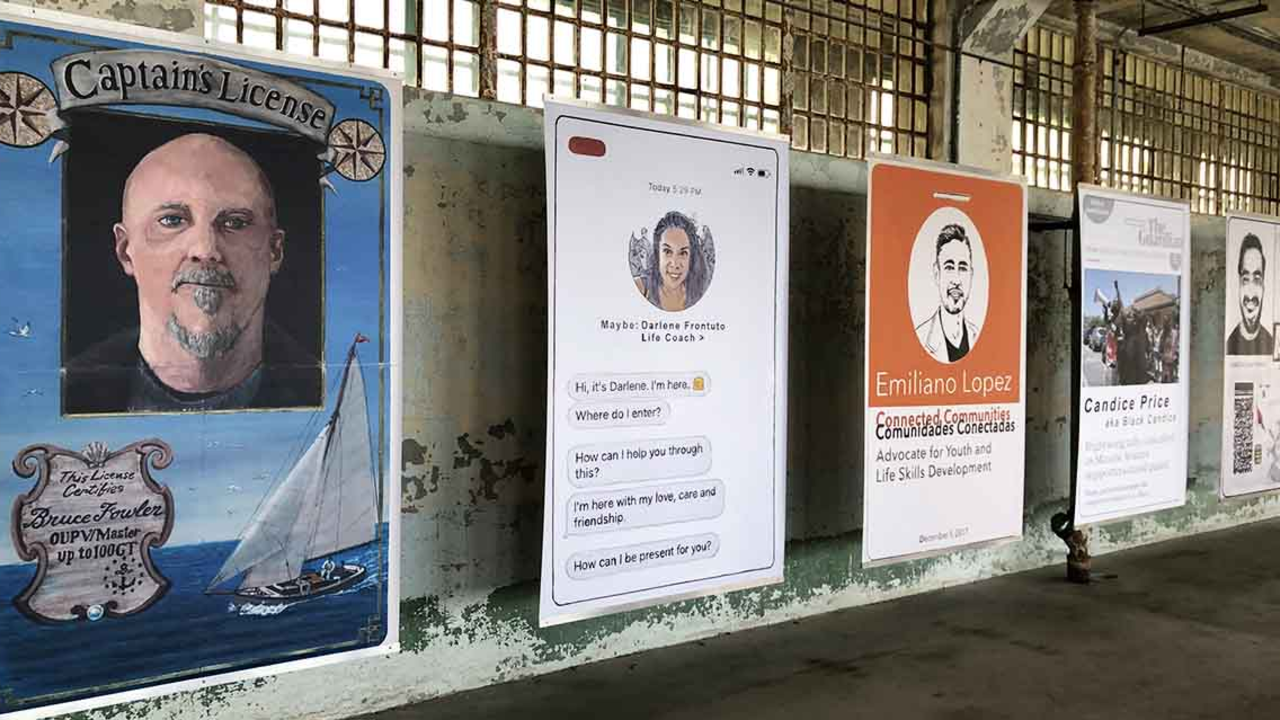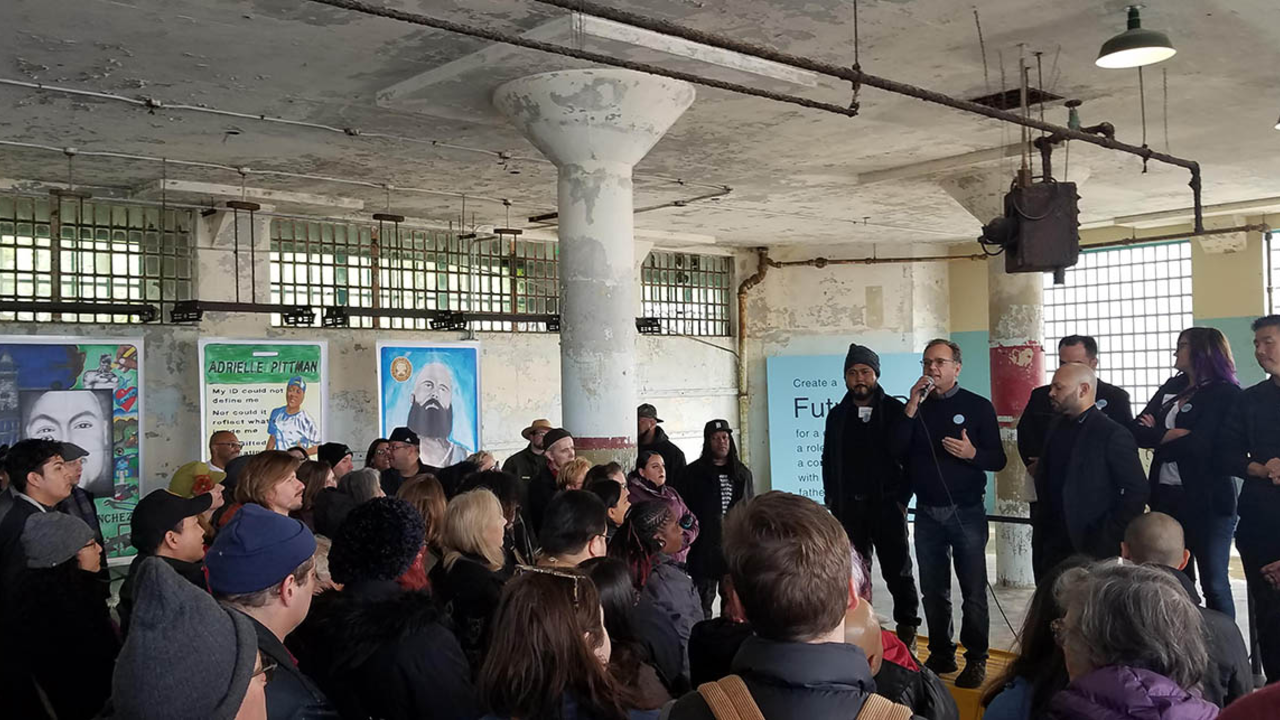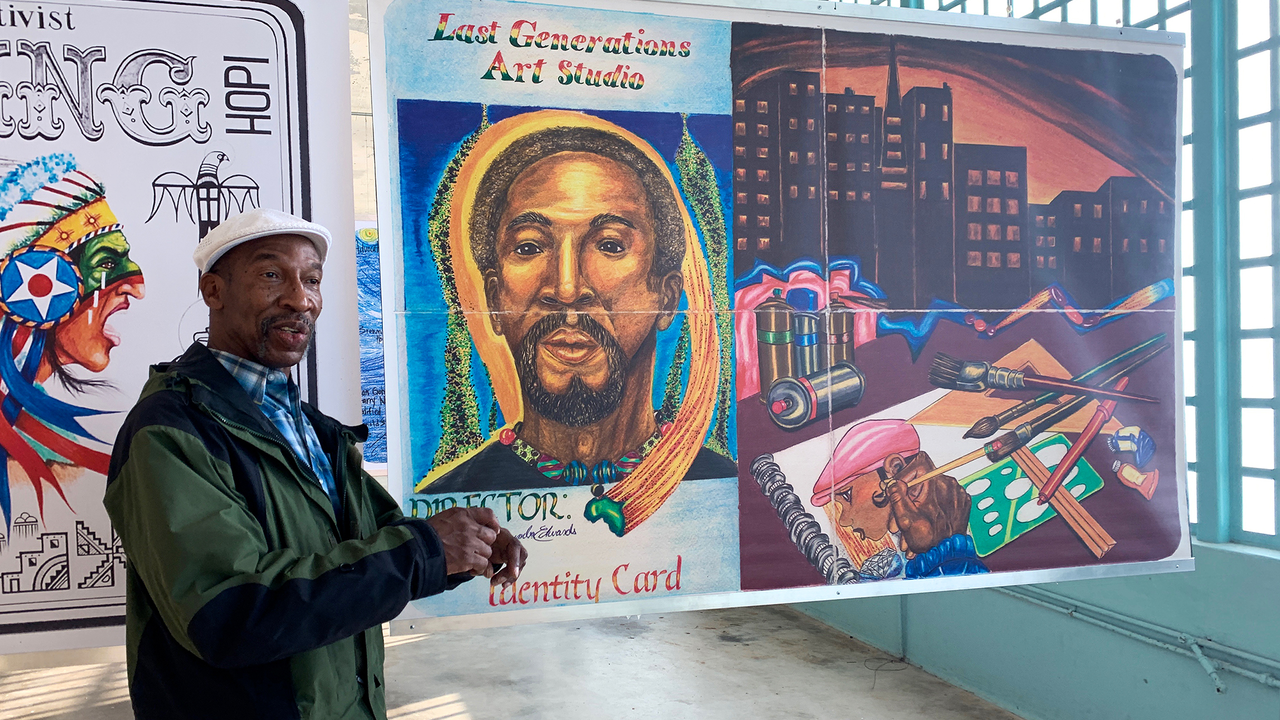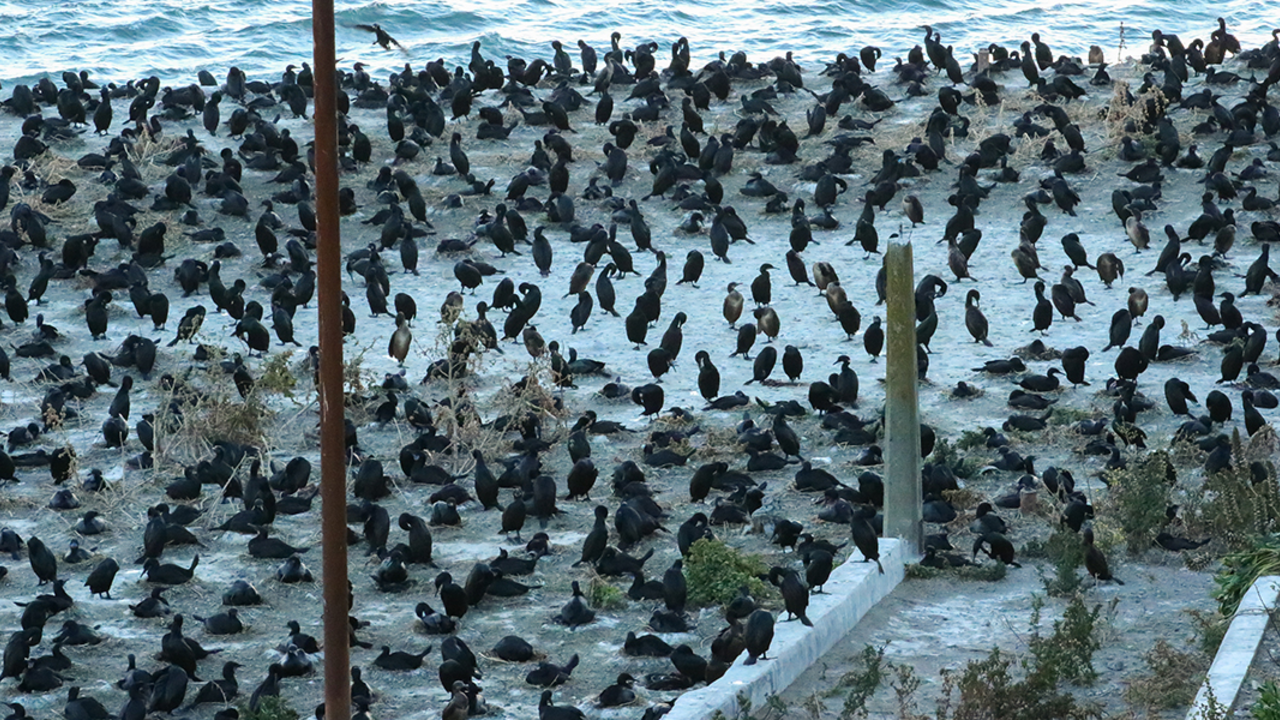Q&A: How a 'Future ID' helps Bruce Fowler envision a life after prison

Peter Hockaday / Parks Conservancy
Bruce Fowler is currently incarcerated at San Quentin State Prison. Through the San Quentin Arts in Corrections program, he participated in the Art in the Parks installation Future IDs at Alcatraz.
Fowler’s artwork, depicting a sailboat and his captain’s license, is on display along with other IDs in the New Industries Building at Alcatraz through October.
The project features ID-inspired artwork by individuals who have conviction histories, as they conceive and develop a vision for a future self. Social practice artist Gregory Sale helps translate criminal justice reform efforts into a visual language. Unlike prison IDs, Future IDs represent hope and the power of personal transformation.
Learn more about the Future IDs project at parksconservancy.org/futureids.
-How does Future IDs differ from other art projects you’ve been involved with? What was it like creating your Future ID vs. other pieces?
After meeting Gregory, seeing his enthusiasm and hearing the plans for what he wanted to do…a chance to paint myself as what I wanted my future identity to be after incarceration sounded intriguing. I loved the idea and was thrilled to be included.
Future IDs differs from other projects I’ve done in that it made me really think about a life after prison, which you can lose sight of being behind these walls. I’m now more aware of what I want and can better focus on that goal.
This was a very challenging project. I had to put a lot of thought into what I would most want my identity to be. I don’t usually have to dig so deep for my other artworks.
-You only discovered art after you were incarcerated, what has art meant to your life since you’ve been doing it?
I did only discover art after my incarceration and it has changed my life and my outlook on it. I can’t really describe it other than to say…It’s like being able to display a piece of my heart and mind. I have had a lot of trauma in my life and caused a lot of pain to people; I think about all of it while I’m painting. I put it there permanently on canvas. It all goes right there along with the paint. It’s my release, my healing. I am very grateful for all these wonderful people at Arts in Corrections who have really saved my life.
-Your Future ID and many of your pieces feature the sea, why is that and what is your connection to the water?
As a child I was always drawn to the sea; it scared me but at the same time I loved it. Our family spent a lot of time together at the beach in Southern California and Mexico. After they died when I was young, I moved to the beach. I have had the happiest, scariest, and most life changing events occur while I was out in it. I feel the closest to my family when I’m there and I long and pray to go back everyday of my life.
-Do you think working as an artist in prison helps prepare you for the parole board, and if so, how?
For me, preparing for the parole board starts with discovering the traumas in my life that led me to believe that the choices I was making were alright. So by addressing these ‘root causes’ of my disconnect with society, facing all the negative things I chose to do such as addiction, criminal thinking and violence, educating myself in all these issues, gaining tools, having a good strategy, backup plans and a strong support group- to never fall back into that anti-social lifestyle. In short, preparing for board is facing my character defects, becoming a better person, having remorse for everyone I’ve hurt and making amends.
All of these things I get to address on a daily basis in my art class. Everyday I get to socialize with inmates I would otherwise never talk to, teaching them, learning from them and gaining new friends. I get to assist the teachers in their tasks, meet and greet all of the many visitors we have and most of all, donate my artwork to wonderful causes, which allows me to make amends. Since being in my art class for seven years now I have become a much more humble, honest, supportive, trusting, tolerant and caring person, which builds my self-esteem.
Yes! Working as an artist definitely helps prepare me for board and most importantly, for life.
-How do you envision your own future, and what role does art play in that vision?
I envision my future with confidence and look forward to contributing to my community. Art will be in every part of my future, hopefully teaching troubled kids. I think if I had art in my life as a child, I might have made better choices. I will also continue to paint the ocean as much as possible, and get my captain’s license.



